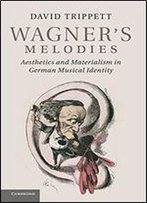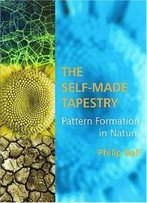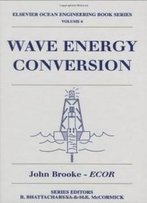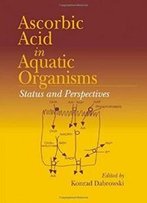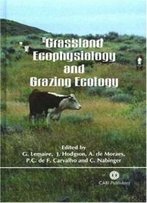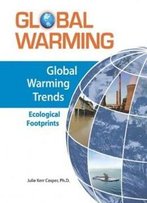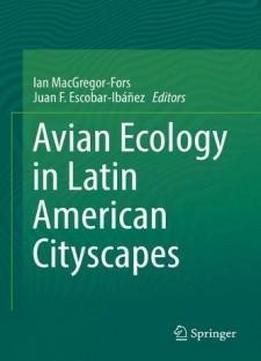
Avian Ecology In Latin American Cityscapes
by Ian MacGregor-Fors /
2017 / English / PDF
6.7 MB Download
This book gathers a representative sample of the relevant
knowledge related to the ecology, behavior, and conservation of
birds in urban Latin America. Latin America is one of the most
biodiverse regions of the world, yet it is still understudied.
Although it concentrates most of its population in rapidly
growing cities under considerable economic, social, and
environmental disparity, the study of the effects that
urbanization has on biodiversity in Latin America is still
insufficient. Among the best-studied wildlife groups, birds have
been widely used as bioindicators in urban areas. Going from
general to specific information regarding avian communities,
populations, behavior, threats, and conservation issues, this
book describes the state-of-the-art of avian urban ecology in the
region. Such knowledge will hopefully promote the regional
consolidation of the field and encourage future mechanistic
studies that untangle the recorded patterns in order to have the
required information to bridge the gap between evidence-based
knowledge and practice in urban systems. Thus, the information
included in this document will allow scientists, students, and
even decision takers to relate with the current knowledge and
gaps related to the topic, providing perspective for future
studies and actions.
This book gathers a representative sample of the relevant
knowledge related to the ecology, behavior, and conservation of
birds in urban Latin America. Latin America is one of the most
biodiverse regions of the world, yet it is still understudied.
Although it concentrates most of its population in rapidly
growing cities under considerable economic, social, and
environmental disparity, the study of the effects that
urbanization has on biodiversity in Latin America is still
insufficient. Among the best-studied wildlife groups, birds have
been widely used as bioindicators in urban areas. Going from
general to specific information regarding avian communities,
populations, behavior, threats, and conservation issues, this
book describes the state-of-the-art of avian urban ecology in the
region. Such knowledge will hopefully promote the regional
consolidation of the field and encourage future mechanistic
studies that untangle the recorded patterns in order to have the
required information to bridge the gap between evidence-based
knowledge and practice in urban systems. Thus, the information
included in this document will allow scientists, students, and
even decision takers to relate with the current knowledge and
gaps related to the topic, providing perspective for future
studies and actions.
